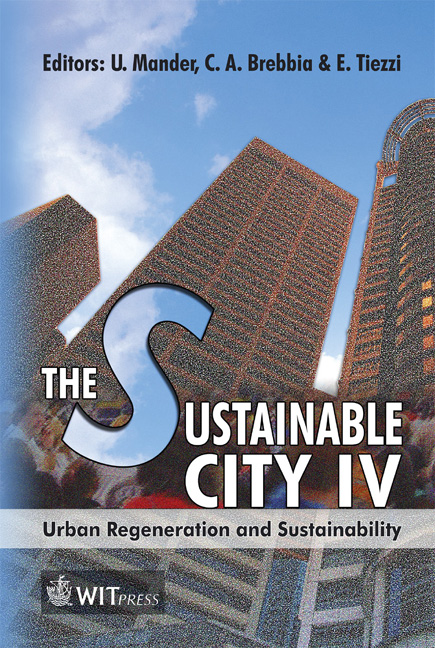Strategic Urban Design From A Sustainable Tourism Perspective: A Case Study From The City Of Guangzhou, China
Price
Free (open access)
Transaction
Volume
93
Pages
10
Published
2006
Size
2,194 kb
Paper DOI
10.2495/SC060321
Copyright
WIT Press
Author(s)
X. Wang, J. Wang & R. Wennersten
Abstract
With the economy booming, the City of Guangzhou sprawled its urban domain quickly. The city was vulnerably struggling on the brink of discretionary control as it lacked the overarching policies for sustainable development. In 2003 the government of Guangzhou initiated a Tourism Planning and Urban Design Consultation to control the development of Seagull Island, which was an agricultural island located in the Pearl River with a population of 20,000 and which is now part of the New-City of Guangzhou. This paper presents the strategic urban design and the design process from a sustainable tourism perspective. To carry out the scheme, a variety of approaches and tools were explored to optimise the design process, which tried to meet social, economic and environmental objectives. The integrated toolbox includes both quantitative and qualitative tools for different design stages, among which working process, SWOT analysis and environmental carrying capacity analysis were thoroughly discussed. Keywords: strategic urban design, sustainable tourism, integrated toolbox, environmental carrying capacity analysis, SWOT analysis, virtual reality, tourism market analysis. 1 Introduction China has been in the international spotlight for years because of its considerable growth in economic and social development. Economic development significantly accelerated the step towards urbanization. The number of the cities
Keywords
strategic urban design, sustainable tourism, integrated toolbox, environmental carrying capacity analysis, SWOT analysis, virtual reality, tourism market analysis.





